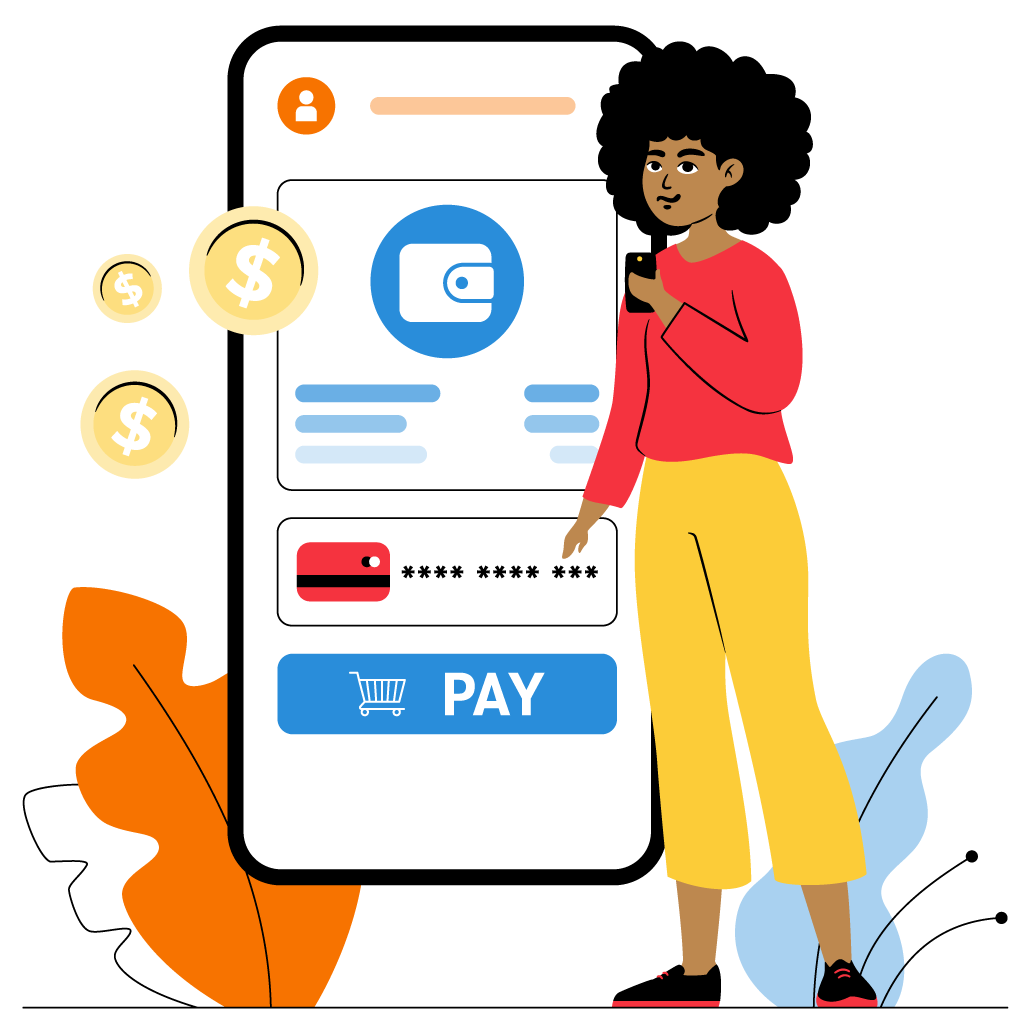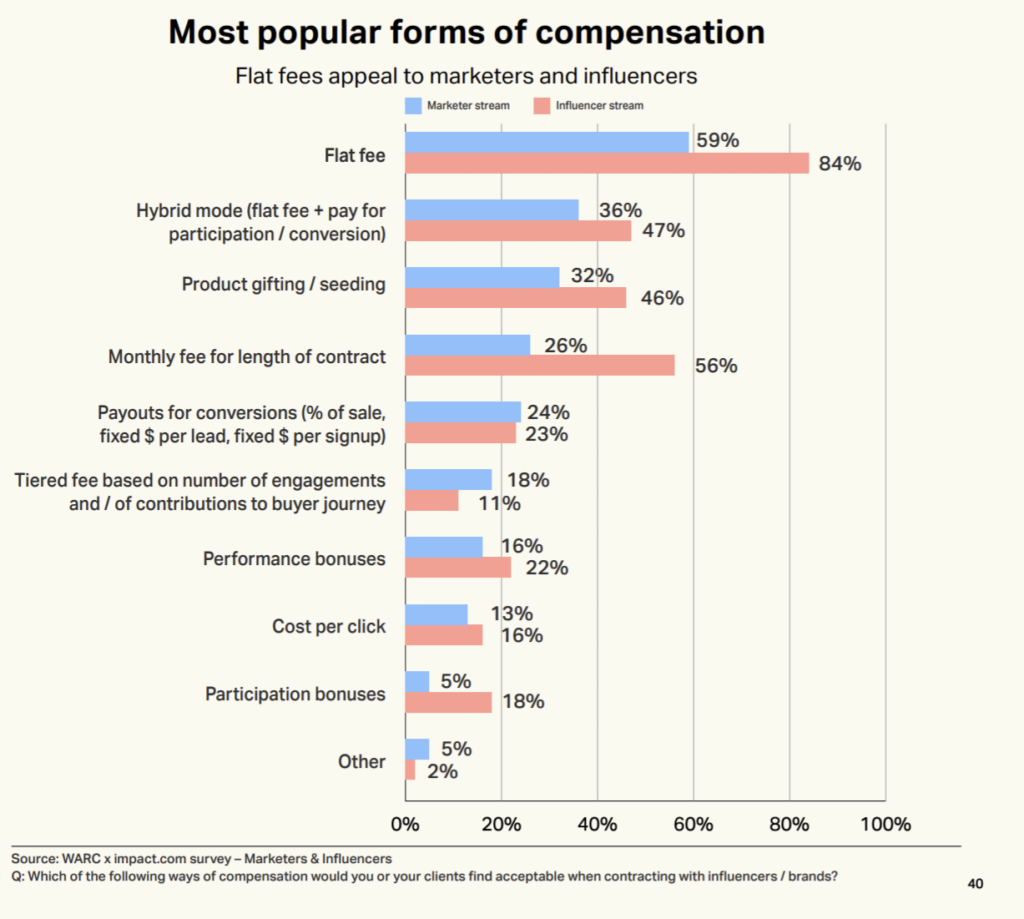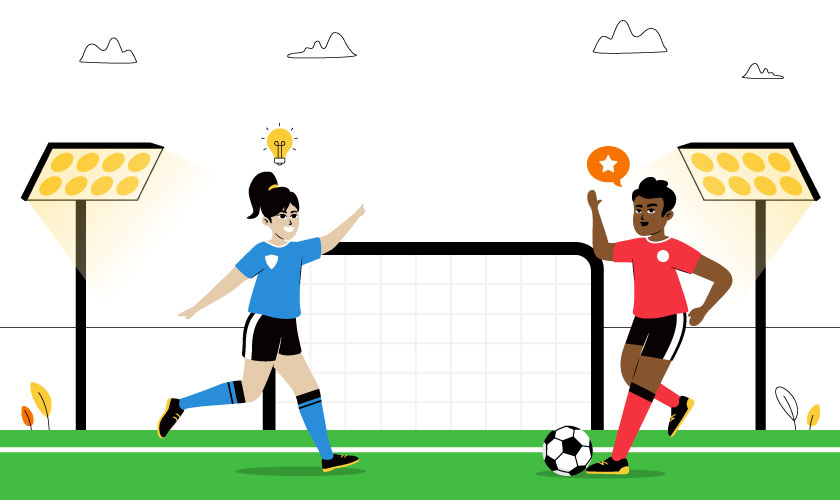Partnerships continued to thrive during the 2020 pandemic and economic downturn—brands experienced revenue growth of 29 percent per year from 2020 to 2022. To navigate uncertain waters, companies collaborated with partners to raise brand awareness, increase visibility and enhance customers’ online experience.
Dave Yovanno, CEO and Board Director of impact.com, explains how partnerships are a low-risk channel that keeps businesses afloat during stormy financial climates.
The partnership channel is evergreen, offering brands a direct line to revenue—something creator marketing replicates. In the face of a potential recession, the partnership economy helps narrow costs to the most effective marketing methods. This puts companies in a better position to survive recessions and come out better off than competitors.
Win with partnerships: 2023 marketing predictions to facilitate growth
Understanding partnership trends is critical for brands to adopt a fresh and competitive approach to marketing. Keep these predictions in mind to craft a winning partnership strategy for 2023.
1. Affiliate and influencer marketing merge to form a powerhouse
“Affiliate marketing is merging with influencer marketing, as the two become more interconnected and codependent than ever before.”
- Dave Yovanno, Chief Executive Officer, Board Director.
Total industry spending on affiliate programs reached $9.1 billion in 2021—an increase of 47 percent from 2018. The rise of influencers and creators in the affiliate channel has accelerated this growth. Platforms such as TikTok, Instagram, and YouTube make it easier to expand influencer marketing efforts. The 2020 pandemic led to consumers spending more time on social media—active social media users grew by 12.3 percent.
So, what makes influencer partnerships powerful? In short: trust. Research shows that consumers favor recommendations from trusted sources, with 82 percent turning to social media to guide purchasing decisions.
Influencer followers gain access to informative, validated content and recommendations from creators that answer important questions, solve problems, or provide enjoyment and entertainment. As a result, brands that partner with social media content creators reach new audiences, segments, and markets. Influencer marketing generates 11 times the return on investment (ROI) of traditional advertising.
Since influencer and affiliate marketing are closely interlinked, companies should nurture these relationships. Managing affiliate and influencer partnerships on a single partnership management platform such as impact.com streamlines all stages of Partnership Management Platform.
Traditional affiliates often drive last-click purchases, while influencers boost awareness in the upper funnel of the customer purchase journey. Partnership platforms include features like Dynamic Payouts, allowing brands to set hybrid payment models that split credit between partners across the conversion path.
2. Affiliate teams grow into broader partnership teams
“The emerging cost-per-action model allows brands only to pay when partners drive real actions. This reinforces the value of partnerships in a recessionary climate. Payment evolution also means brands can reward creators with their preferred payment methods. These payment methods create more transparency in partnerships and authentic, real, long-term relationships.”
- Todd Crawford, Cofounder and VP of Strategic Initiatives
Affiliate teams will evolve into partnership teams to support the company’s modern marketing strategy. Partnerships will remain a revenue-generating channel that will power business growth. Instead of only managing affiliates and influencers, the partnership team will also provide support resources to other teams to help them better manage partnerships.
Some benefits of expanding your partnership program beyond affiliate marketing include:
More opportunities to grow and reach new customers. Brands can engage with audiences in broader ways and achieve more business objectives. Comprehensive programs create performance-based deals with various partner types, including media partners and influencers with strong connections to their audiences. Brands can tap into these niche audiences with a cost-per-action (CPA) model.
Reach all stages of the sales funnel. Traditional affiliate marketing is all about the lower funnel and last-click. However, getting people to discover and consider your product is just as important. Broadening partnerships enables brands to drive upper-funnel (interest and awareness) and lower-funnel (sales, signups, and subscriptions) events. Diverse partners introduce consumers to products or services they hadn’t considered before, driving incremental sales down the funnel.
Improved consumer experience. Traditional affiliate deals and discounts appeal to consumers. Expanding partnerships allows brands to deliver other kinds of consumer satisfaction. For example, Ticketmaster used native integration to let users complete ticket purchases within partners’ apps and websites, driving 20 percent higher conversion rates.
3. Evolving payment models strengthen creator and influencer partnerships
“The emerging cost-per-action model allows brands to only pay when partners drive real actions. This reinforces the value of partnerships in a recessionary climate. Evolution in payments also means creators can be paid in their preferred payment methods. These payment methods create more transparency in partnerships, along with authentic, real, long-term relationships.”
- Dave Yovanno, Chief Executive Officer, Board Director

Ensuring fair and concise compensation guarantees that brands attract the best talent. Brands can optimize partner relationships by choosing from the following payment models:
- Performance bonuses: brands pay influencers when a user triggers or converts an event. These events can include subscriptions, purchases, newsletter sign-ups, app downloads, and free trials.
- Participation bonuses: partners receive compensation for upper-funnel contributions such as brand awareness
- Hybrid model: creators are paid a flat fee plus performance and/or participation bonuses for specific user actions.
- Gifting: brands gift products or services to influencers in exchange for content creation.
- Flat fee: brands pay creators a fixed rate per post or campaign.
- Tiered fee: performance-based reward strategy that motivates affiliates to drive traffic, sales, or leads to move between compensation tiers
- Monthly payouts: influencers are paid a fixed monthly fee for the length of the contract.

Source: WARC and impact.com white paper
In earlier years, free products were enough to attract partners like influencers. Although this can still be part of the package, most creators now require payment. A flat fee ranks highest—84 percent of influencers and 59 percent of marketers prefer this model. However, a hybrid model combining a flat fee with payment based on conversion is increasingly popular. The popularity of the hybrid models reveals creators are confident their content will deliver results.
4. Data security is becoming increasingly relevant
Cyber attacks are becoming more common. McAfee found that in 2020, cybercrime cost the world economy more than $1 trillion—up more than 50 percent from 2018. Moving into 2023 and beyond, organizations will prioritize investing in data security, and consumers will be more data-savvy.
“Consumers no longer accept not knowing what happens with their data. They want to own it, control it, and protect it. Social platforms such as Facebook and TikTok will come under further scrutiny. There will also be an acceleration of new Web3-based social players where creators and individuals are in control.”
- Adam Furness, Managing Director of Asia Pacific
The prevalence of data risk means it’s essential for companies to fortify and protect partnerships. A partnership management platform can expose partnership fraud and traffic abnormalities that corrupt conversion paths.
Additionally, it blocks payments for illegitimate conversions and fake installs. By implementing these measures, brands only pay for high-quality, conversion-driving partnerships.
Although data threats cause customers to lose trust in businesses, partnerships can rebuild that trust by leveraging other sources. For example, 70 percent of global consumers trust review sites above traditional advertising.
5. Affiliate marketing will begin in the metaverse
The metaverse is a virtual network of 3D worlds where people create avatars and interact with others and the world around them—similar to the real world. The metaverse uses various technologies, such as Virtual Reality, Augmented Reality, and the blockchain—accessed by users with headsets or other devices.

This virtual, life-like experience resembles popular games such as Roblox and Fortnite. These games allow people worldwide to interact and build virtual 3D communities with currencies and other societal elements and frameworks.
The global metaverse market is projected to grow from USD 61.8 billion in 2022 to USD 426.9 billion by 2027.
“In 2023, we’ll continue to see brands putting more emphasis on their creator marketing efforts, putting more value on long-term relationships with creators, and exploring new opportunities to use creator marketing, such as in the metaverse.”
- Dave Yovanno, Chief Executive Officer, Board Director
Companies are already taking advantage of partnerships in virtual reality. For instance, Nike’s Jordan brand integrated its footwear apparel into the Fortnite game. The brand integration allowed Fortnite players to purchase a variety of iconic Jordan sneakers for their in-game avatars. Players could also buy limited-editions skins—downloadable character attires that boast exclusive Nike footwear like the iconic Air Force 1’s.
Although it’s unclear how metaverse technology will evolve, there’s great interest and involvement from consumers. According to McKinsey, US Gen Zers and Millenials plan to spend almost 5 hours daily in the metaverse. Also, roughly 10 percent of the US population has tried AR or metaverse dating, and most enjoyed it more than the real-life experience.
If the metaverse continues to evolve, it could open endless opportunities for brands to expand affiliate programs. By partnering with the right affiliates in the metaverse, brands can reach untapped audiences and promote products in innovative and captivating ways.
Key takeaway: partnerships will remain strong in 2023 and beyond
Stay one step ahead of the competition and set the precedence for success and business growth by adding the winning ingredient—Partnerships. Invest to achieve impressive results, like:
- improved brand image
- increased brand loyalty
- stronger community relationships
- greater visibility
- competitive advantage
Level up your partnerships game in 2023 with the right partnership management platform—like impact.com—and make this channel a fast-growing revenue stream within your business.
Leverage impact.com’s insightful resources to thrive with partnerships:
- Recipe for success—how to succeed in partnership marketing [ebook]
- 9 types of partnership marketing [with examples] [blog]
- Affiliate and partnerships industry—Expert certification path [Free PXA course]
- Partner with impact.com to be an agent of growth [one-sheet]
- Kick off your marketing program with influencers and affiliates [infographic]
- Stay ahead of the competition with Benchmarking for Brands [one-sheet]







